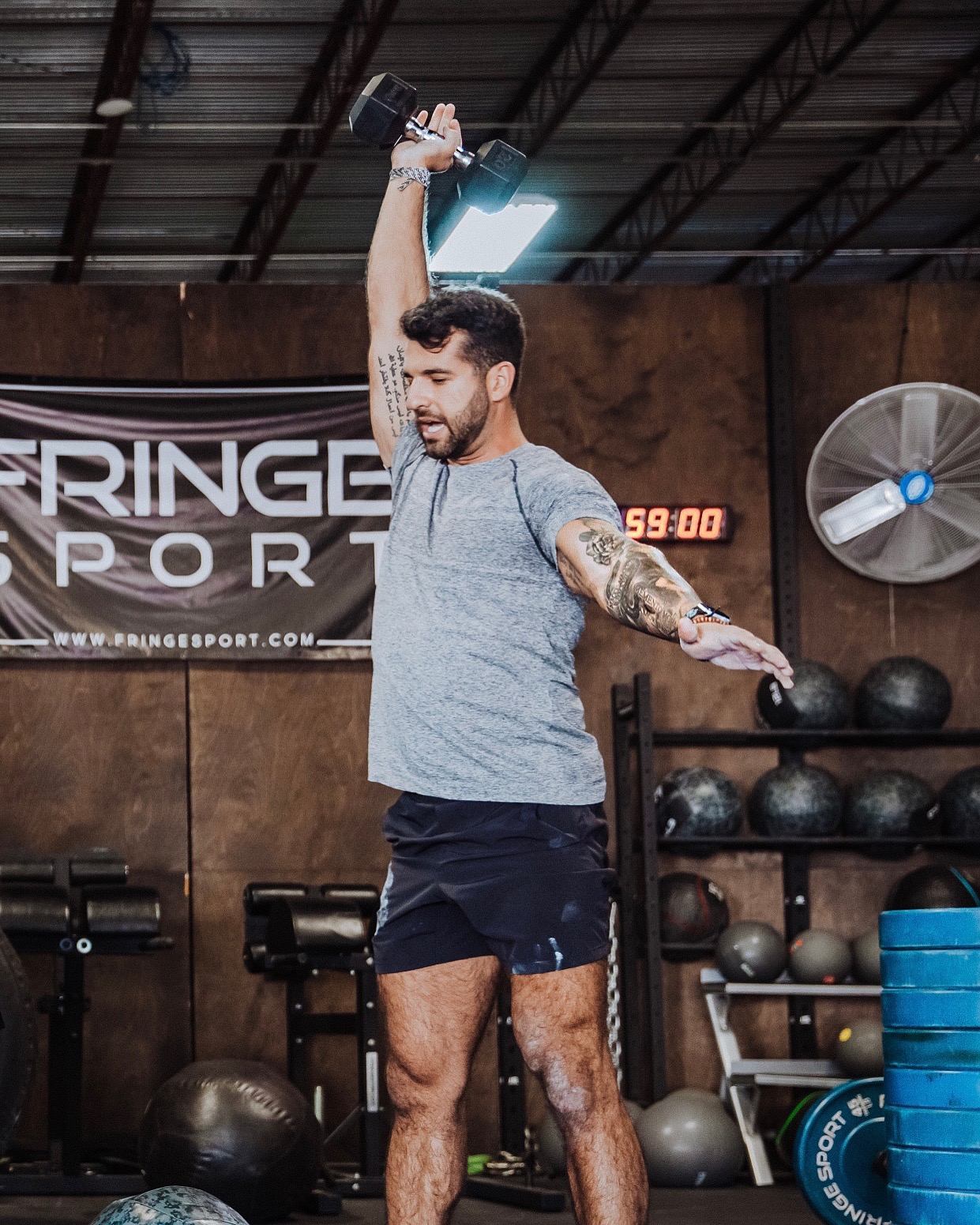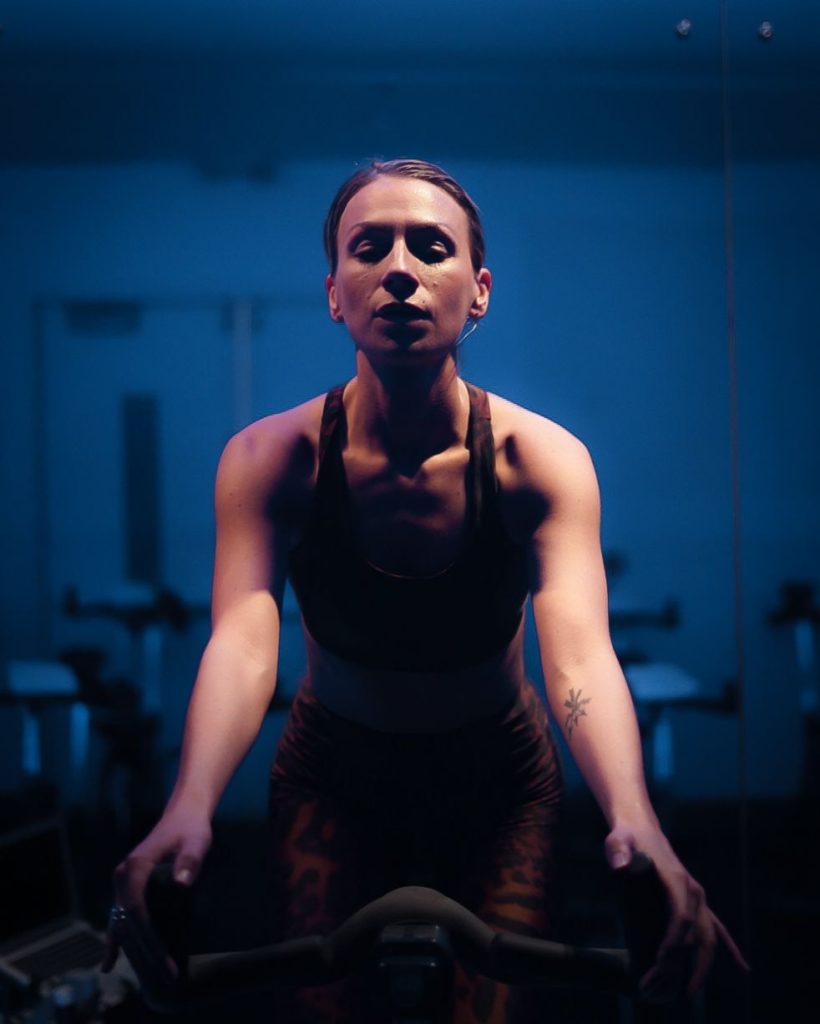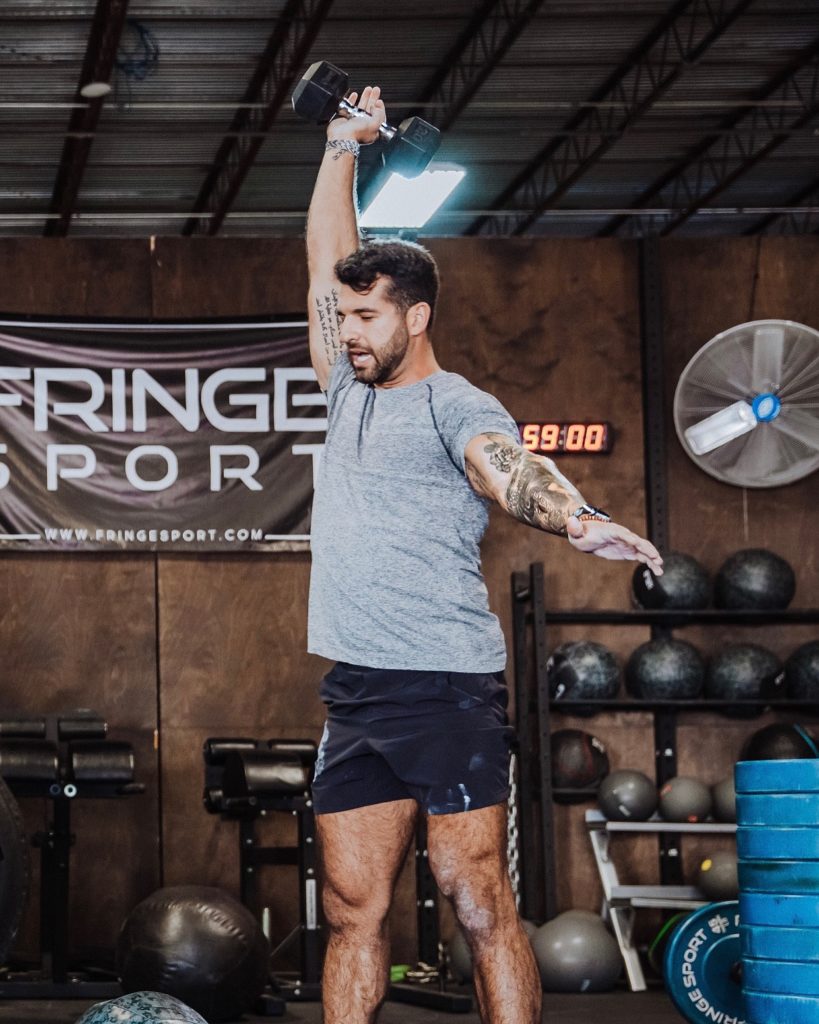What Training Takes

Have you ever sat at your station or mat in a workout class and wondered how the instructor was so full of energy or so in tune with their bodies — or even just so knowledgeable about their practice?
Leading is no easy task in any field, and fitness is no exception. However, a great trainer isn’t just someone who leads their clients to a goal. Defining a great trainer isn’t easy. No two trainers are the same — but there are common threads in all of them of what draws them to the fitness world.
Everyone has their favorite instructor or trainer, because every instructor or trainer has his or her own style. It’s developed over years of practice, their own experience as the client and personal philosophies.
But before the personal style can be developed, each trainer has to build up the basic foundation of the practice. Going through the motions over and over again, hours of training programs and studying for certification tests all lay the groundwork for a trainer.
“That preparedness is what sets you up to be confident and free-flowing in the inspiration and the motivation,” Alana Woolf says. “It’s the scaffolding that allows me to be myself in the class.”

Woolf has been an instructor at RIDE Indoor Cycling for about five years now. She’s frequented AFM’s Best Of lists and is a well-known fitness advocate for the community. Having the foundation of what makes up a spin class lets her realize that the personal aspects of a trainer come out once the confidence is achieved.
Not only is Woolf studying the body and its alignment for her CPT through NASM, but she also studies philosophies like expanded awareness in order to incorporate those into her class environment.
Izzy El-Ubaydy, another AFM Best Of member and personal trainer, talks about how he studies everything to do with the body and the interconnectedness of muscle groups, even long after he passed the CPT test.
“It’s crucial to understand that you’re never done learning,” El-Ubaydy says. “I love explaining to my clients why we’re doing a specific exercise and how it’s going to get them to whatever their goal may be.”
Once that understanding of the body and fitness is there, a trainer adds on his or her own touches that create a personalized product, so to speak. Maybe the most important yet underestimated aspect of training and instructing is the ability for client connection. An individual’s fitness journey is a lonely experience, but it doesn’t have to always feel that way.
“My style is ‘informal’ in that I want to connect with the client on a friend level,” El-Ubaydy says. “I want them to know that I care about them and their goals, so a big part of that is just listening and getting to know them both as a person and as an athlete.”

Establishing a connection helps clients open up and trust the process. El-Ubaydy says that he wants them to know that they may not be able to finish every task he lays out, but he’s there to support them through whatever they’re capable of that day.
“I want them to know that what their body can do today is beyond good enough,” El-Ubaydy says. “Sometimes a session is more of a talking session that’s full of exploring rather than reps.”
Woolf says her goal isn’t just to get her clients in a cycling class to connect with her but with each other as well. Timed to the beat of her carefully selected playlist, Woolf says watching the energy grow in the class from person to person is a humbling experience.
“There’s this feeling, when you look up and everyone is connected, and it’s not even about you anymore,” Woolf says. “Having them connect to themselves so that they can then connect to those around them — that’s what I strive for.”
The personal philosophies that make trainers so different from one another usually comes from a trainer’s own experience as a client or from years of learning what works.
For El-Ubaydy, his informal but formal approach comes from his own study in training culture and history. He says he now feels like he’s striving to go against the status quo.
“You realize that the ways you’ve been doing things isn’t actually the best way to do them,” El-Ubaydy says. “You see how a body changes from a multitude of aspects that vary case by case.”
El-Ubaydy has trained clients that range from models to pro-level rugby players to simply everyday people looking for a different goal. And with each client he researches what’s best for them and takes the time to show them why that path is going to work.
Similarly, Woolf learned from her own experience working through personal challenges and emotions in a spin class that those emotions can be a driving force no matter what they are. So, she works to help her clients feel comfortable opening up to themselves in the class.
“I want to encourage them to bring out in them whatever it is that they’re feeling so that they can move through it,” Woolf says. “Because whatever it is, it’s real and it’s worth acknowledging.”






